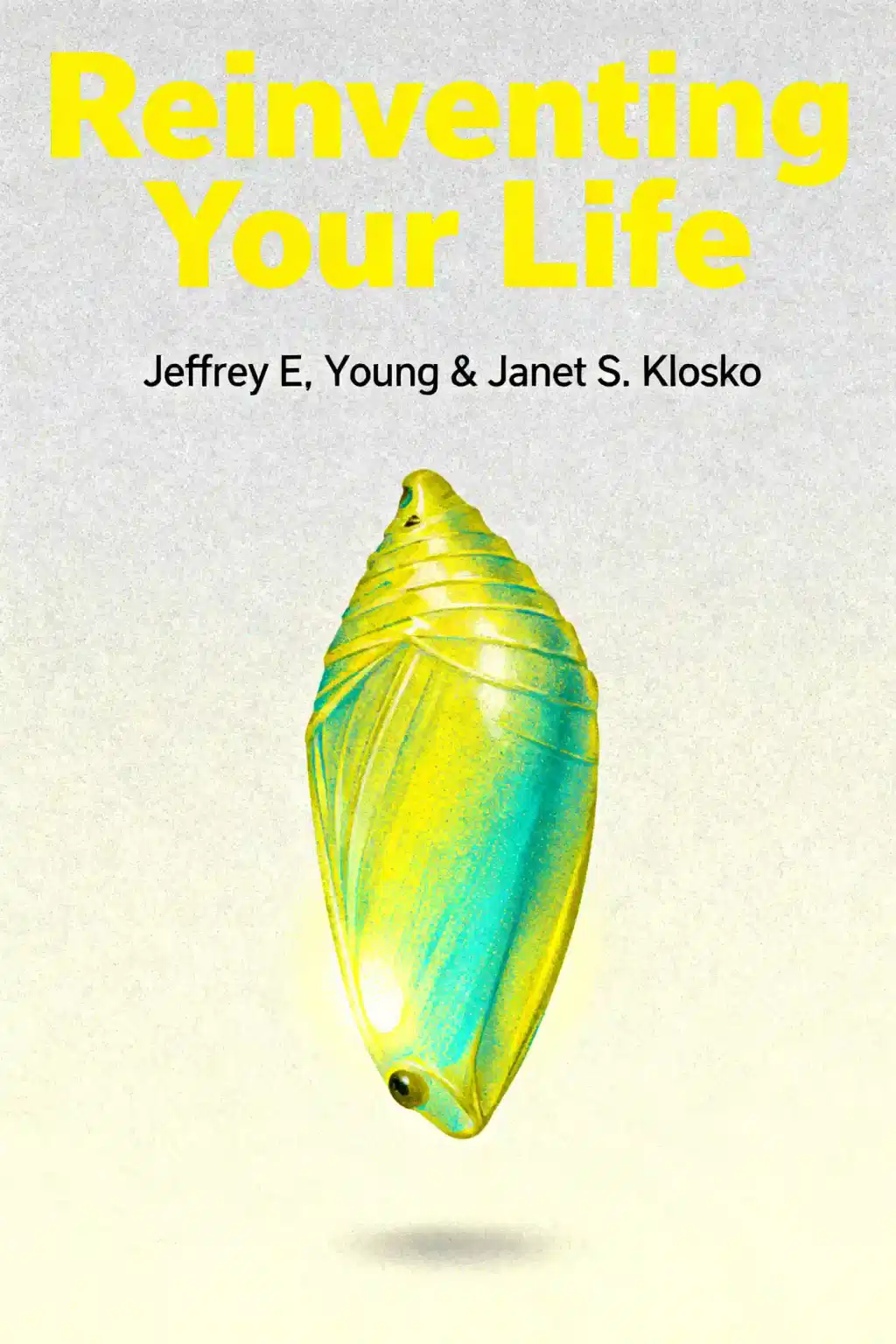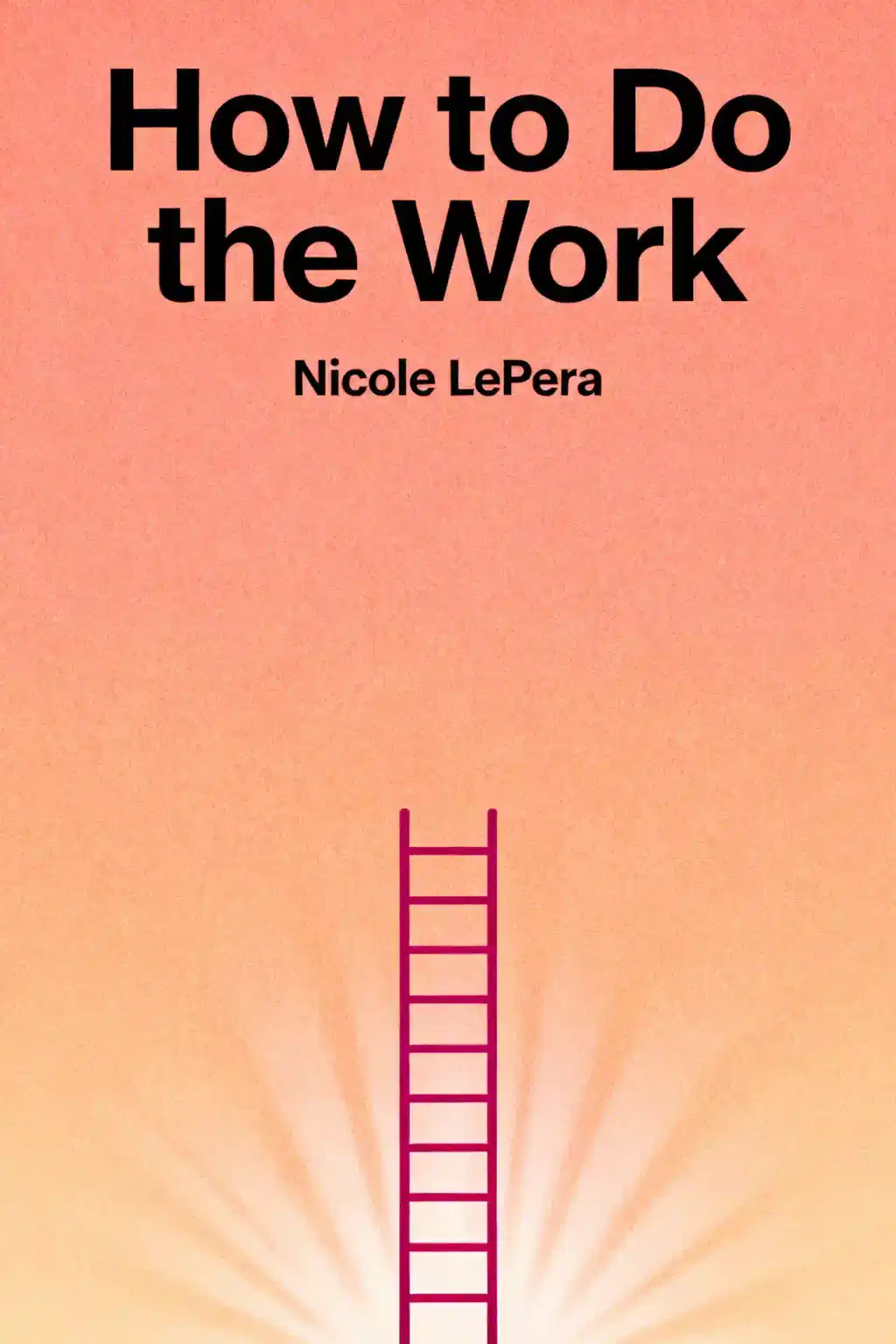
Stop Self-Sabotage by Dr. Judy Ho Summary
Overview of Stop Self-Sabotage
Dr. Judy Ho's science-backed guide reveals why we self-sabotage and delivers a practical L.I.F.E. framework to break free. What if the blueprint for unleashing your willpower was hiding in your own psychology? Discover why therapists recommend this alongside "Unf*ck Yourself" for lasting transformation.
Similar books to Stop Self-Sabotage
Feel the book through the author's voice
Turn knowledge into engaging, example-rich insights
Capture key ideas in a flash for fast learning
Enjoy the book in a fun and engaging way
Key takeaways
Why You Keep Getting in Your Own Way
You've done it again. Sabotaged a relationship just as it was getting serious. Procrastinated on that project until the deadline became impossible. Started a fitness routine with genuine enthusiasm only to abandon it three weeks later. Sound familiar? Here's the uncomfortable truth: your brain isn't broken, and you're not fundamentally flawed. You're experiencing something far more universal and fixable-self-sabotage, the peculiar human tendency to undermine our own success even when we consciously want to thrive. Self-sabotage happens when our drive to avoid threats overpowers our desire to attain rewards. Think of Beth, a brilliant attorney who excels everywhere except managing her weight. Despite her discipline in court, she repeatedly fails at this one goal. Why? Because our brains operate on two competing systems: one seeking dopamine-fueled rewards, the other scanning relentlessly for danger. This creates what psychologists call "approach-avoidance conflict"-we start goals with excitement, but as challenges emerge, our threat-detection system screams louder than our reward-seeking impulses. The real culprits are four hidden forces called L.I.F.E. elements: Low or Shaky Self-Concept, Internalized Beliefs, Fear of Change, and Excessive Need for Control. These operate like background programs on your mental computer, driving behaviors without your conscious awareness. A shaky self-concept makes you doubt abilities in specific areas despite success elsewhere. Internalized beliefs-absorbed from caregivers during childhood-create negative self-talk convincing you effort is pointless. Fear of change makes familiar discomfort feel safer than unknown possibilities. And excessive need for control leads you to reject valuable opportunities requiring you to surrender predictability.
The Six Voices of Self-Defeat
Rewriting Your Mental Script
The ABC's of Behavioral Patterns
Building Your Success Architecture
Your Blueprint for Lasting Change
The Power You've Always Had
Quick Summary Mode - Read or listen to Stop Self-Sabotage Summary in 11 Minutes
Break down key ideas from Stop Self-Sabotage into bite-sized takeaways to understand how innovative teams create, collaborate, and grow.
Flash Card Mode - Top 7 Insights from Stop Self-Sabotage in a Nutshell
Distill Stop Self-Sabotage into rapid-fire memory cues that highlight Pixar’s principles of candor, teamwork, and creative resilience.

Fun Mode - Stop Self-Sabotage Lessons Told Through 24-Min Stories
Experience Stop Self-Sabotage through vivid storytelling that turns Pixar’s innovation lessons into moments you’ll remember and apply.
Personalize Mode - Read or listen to Stop Self-Sabotage Summary in 0 Minutes
Ask anything, pick the voice, and co-create insights that truly resonate with you.

From Columbia University alumni built in San Francisco

Get the Stop Self-Sabotage summary as a free PDF or EPUB. Print it or read offline anytime.










